
Museum of Dutch Fortifications by Anne Holtrop
The office of Dutch architect Anne Holtrop has designed an underground project for the 'National Museum of the Dutch Water Line' near Utrecht, which is expected to be completed in rough structure by the end of this year and open to the public in 2014. The Dutch Water Line consists of an 85-kilometer long military defensive line that began construction in 1816, with its main purpose to intentionally flood the area in case of an invasion and thus protect itself from the enemy. Major construction took place between 1840-70, followed by the building of small independent structures before both World Wars. Today, it is the largest cultural monument in the Netherlands awaiting designation as a UNESCO World Heritage Site. The defensive structures were already created in direct dialogue with the landscape, and today, nearly two centuries later, nature is reclaiming dozens of crumbling fortifications and thousands of other military and hydraulic structures.
The new museum by Amsterdam architect Anne Holtrop acknowledges this reality, and its design appears as if nature has 'swallowed' it. The outer walls mirror the irregular horizon of the defensive line. The main identifying feature of the museum will be two large outdoor terraces, while the organically shaped mass of dark brown dyed concrete will soon blend into the surrounding landscape like the nearby military bunkers.
More information >
The new museum by Amsterdam architect Anne Holtrop acknowledges this reality, and its design appears as if nature has 'swallowed' it. The outer walls mirror the irregular horizon of the defensive line. The main identifying feature of the museum will be two large outdoor terraces, while the organically shaped mass of dark brown dyed concrete will soon blend into the surrounding landscape like the nearby military bunkers.
More information >
The English translation is powered by AI tool. Switch to Czech to view the original text source.
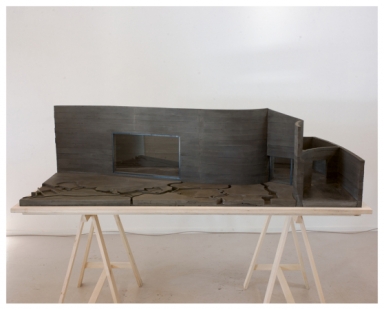
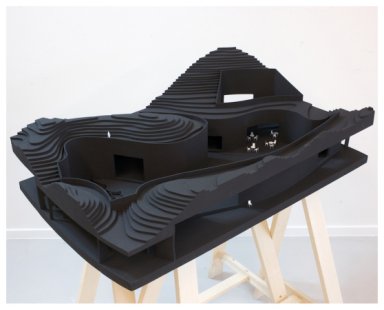
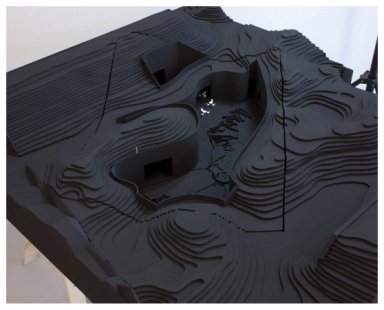
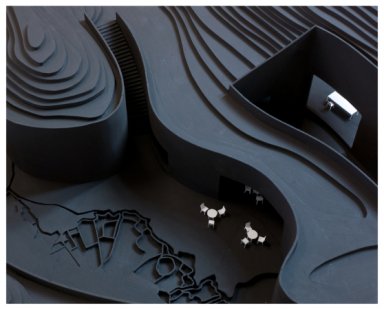
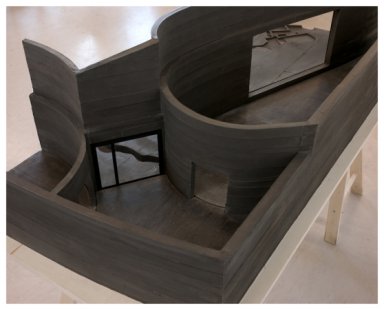
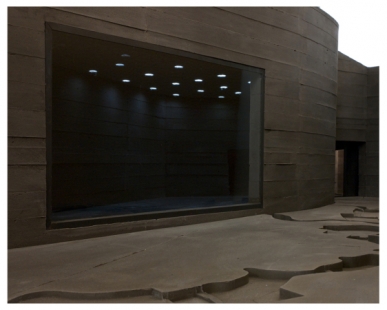
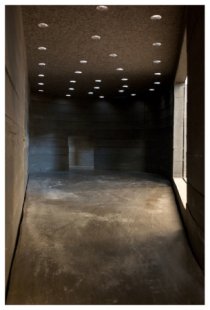
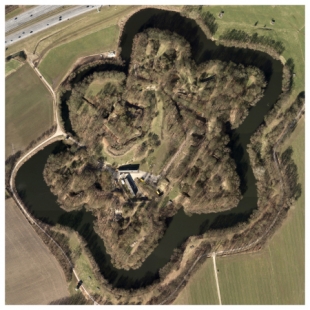
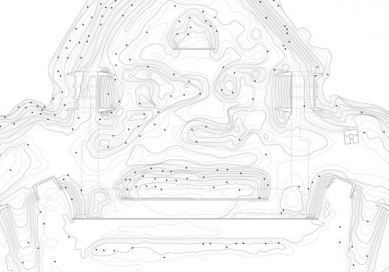
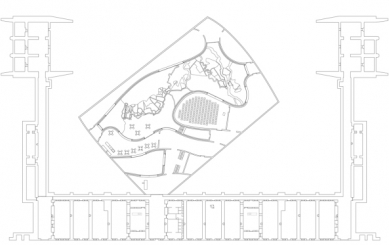
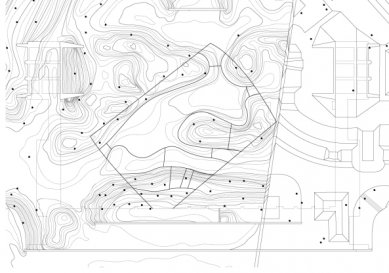
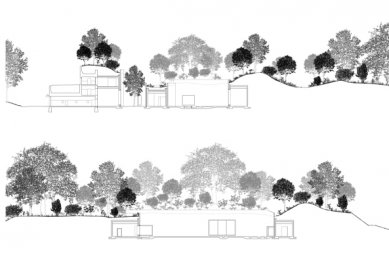
0 comments
add comment










